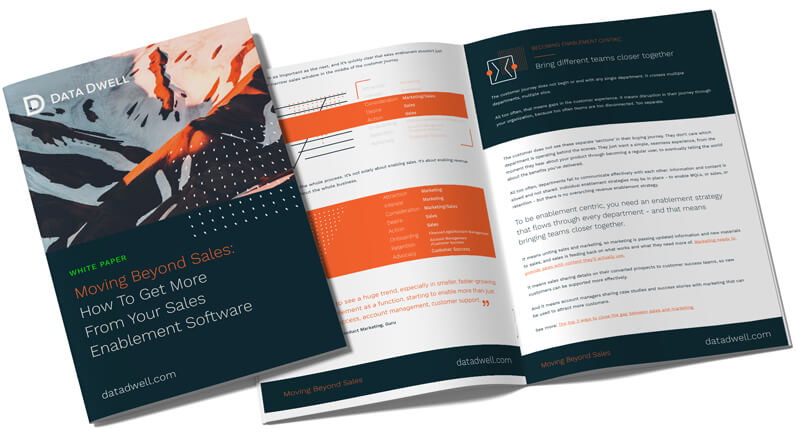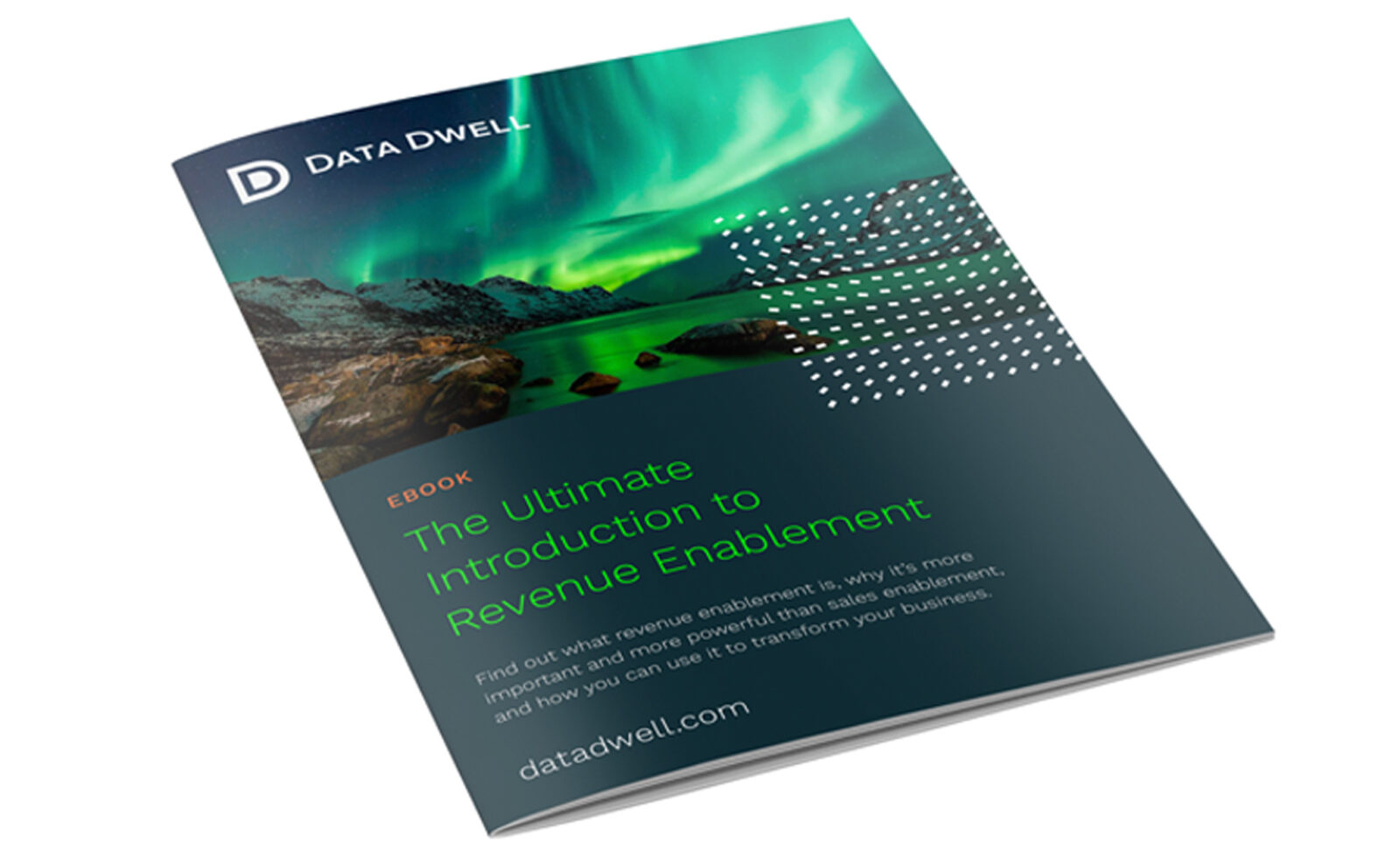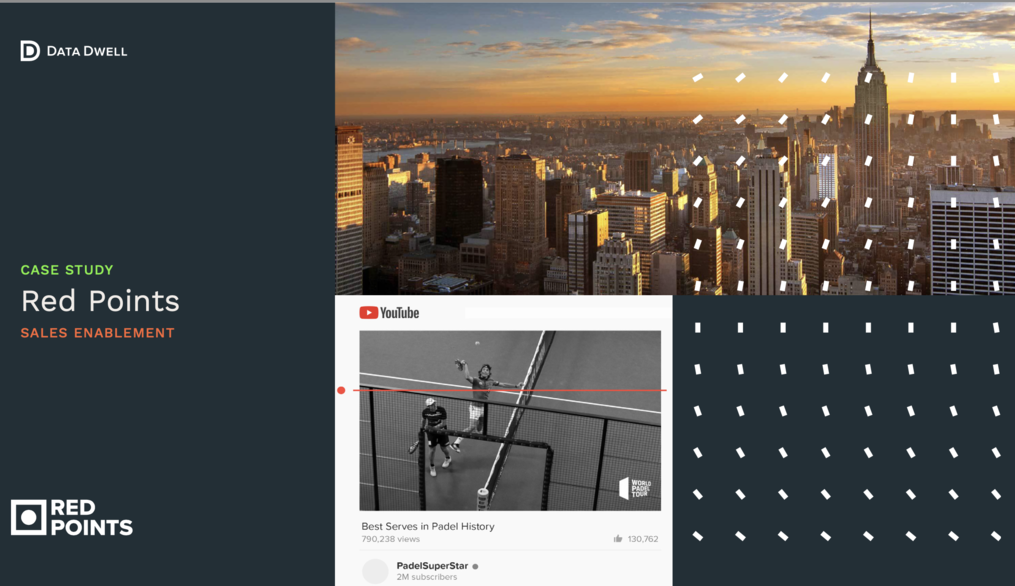A good lead generation process is the lifeline of any business. It’s the system that brings in quality traffic which produces leads that convert into paying customers.
Yet many B2B companies spend a lot of time setting up, often complex, lead generation process. Once set up, problems can develop for many reasons, from the business scaling and diversifying to simply not checking it regularly enough to see problems developing.
Problems are common in lead generation. They can be easily fixed. And when you make some of these small, simple changes, you’ll likely see a big uplift in leads and conversions.
These are the top problems seen in B2B lead generation, and how to fix them:
1. Assuming the traffic will just arrive
Too many businesses think that once they’ve set up a marketing campaign, organised their website and optimised a few pages, then traffic will just automatically flow into their pipeline and turn into leads.
This is rarely the case. All of these areas need to be addressed constantly. You can’t just set up a pay-per-click campaign and leave it alone, or do a little bit of SEO work and expect to rank at the top of Google.
Solution:Take the time to invest in good content, a good SEO strategy and PPC management – and be prepared to adapt and change regularly.
2. Neglecting the requirements of the social media for lead gen
A lot of good quality leads come via social media, but many businesses still don’t invest the time or the resources into effective posting and advertising on the variety of social networks.
Many just have a basic page for appearance’s sake, that does nothing for lead generation. Some put out a flurry of posts initially, then forgot about regular content. Others overload their social channels with uninteresting, useless organic content. Very few use the various targeting tools paid social offers correctly.
Solution:Again, take the time to invest in social media. When done correctly and simply, it can be hugely profitable for lead generation.
3. Not getting specific with messaging
One of the most common mistakes businesses make when attracting an audience of potential buyers is to try and appeal to everyone. It’s easy to see why; they want to reach out to as broad a spectrum as possible, to attract more traffic, and hopefully make more sales.
But going too generic with your advertising dilutes your message. It means your campaign, your adverts and your landing pages don’t speak to specific users. You’re not addressing pain points they recognise or specific solutions, because you’re trying to cover all options.
The result is users who visit your site just aren’t interested and aren’t convinced.
Solution:Work with marketing and your sales teams to build out personas of your ideal buyers, and then create content that’s personalised to them. Use it to specifically target the types of leads your business really wants.
4. Sending users to generic web pages
As well as being generic with their messages, many businesses send potential leads to a generic web page – usually the homepage or services page. Every user sees the same standard content, rather than something specific.
They don’t tailor their content so that it’s relevant to the advert or the source where the lead originated from. They don’t make sure the information matches the requirement of that potential lead by using customised landing pages.
Solution:Create landing pages for each area of your campaign and each ad group in paid search. This way, you can make sure the information on the page matches the information and the incentive of the advert, so a potential lead can immediately see they’ve found what they’re looking for.
5. Not showing users what to do next
Calls To Action (CTAs) are one of the most important elements in any type of lead generation process. They are vital.
There should be calls to action on every advert, every landing page, every email, every case study, every video – even at the end of every phone call.
Without them, a potential lead cannot register their interest. You can’t gather their information. They can’t take the next step, because they don’t know where to go next. It means they can’t buy from you, even if they want to.
Solution:Agree on a set of standard Calls to Action that can be used across all your marketing materials and personalise it further where appropriate. Then make sure every single part of the lead generation process has a call to action at the end for a user to take the next step and advance through the journey.
6. Not nurturing a lead when they do engage
When a user has landed on your page and shows interest – leaving their email address or contact details – many businesses think this is the end of the lead generation process. It’s only the beginning.
Only a small minority will be ready to purchase immediately. The instant sale is rare, and usually only a result of the lead doing thorough research beforehand.
Most leads need more information and more convincing. They need to be nurtured. Yet many businesses overlook this vital area.
Solution:Continue informing and engaging with a potential lead after they have shown interest with an effective campaign. Use software to share targeted, personalised content with them, to focus their attention and show them why you’re the best option for them.
7. Not checking the content in your nurturing process is effective
For businesses who do have a nurturing process, one of the common mistakes they make is not ensuring the content they share is useful and effective.
They check on-site content and monitor landing page metrics, but often overlook the content they’re sharing with leads after they’ve shown interest. Tweaking, removing or providing more focused content here can have a dramatic effect on lead to customer conversion rates.
Solution:Use measuring and tracking software like Data Dwell, which integrates into your pipeline process and helps you identify weak-performing content that’s a barrier to potential leads.
8. Failing to capitalise on timings
One of the major problems businesses face in their lead generation process is forgetting about qualified leads, ignoring potential buying signals, or just missing out on the time when a lead is ready to purchase.
Some businesses give up too soon, forgetting that reaching out and connecting with potential customers can take several attempts – especially in B2B where buyers can easily be distracted before returning at a later date.
Others fail to follow up after sending specific, useful content, and don’t jump on the opportunity to speak with other stakeholders in the organisation.
Solution:Make sure your sales reps stay on top of every lead in the pipeline. Contact leads regularly and often. Use software that helps you identify exactly when a lead is making the shift from consideration to action and is most likely to purchase – so you can jump on the opportunity when it’s hot.
9. Not reviewing the whole lead generation process
Finally, many businesses face problems with their lead generation process because they don’t look at the big picture. The process is made up of many independent elements – it’s big, it can be complicated, and there’s a lot of kinks or snags that can easily develop.
It’s important to regularly take a step back and view the process as a whole, looking at the entire Traffic>Lead>Customer journey.
Solution:Use data and insights to identify bottlenecks or areas in your lead generation process that just aren’t performing as well as they should. A minor tweak in one small area can see big improvements further down the pipeline.
Remember that things can change quickly – what works one month might not be effective the next. That’s why you need to monitor and update regularly!
Data Dwell’s Sales Enablement Software is one tool that can help you improve your lead generation process and overcome some of the most common problems. Learn more about how it works and how it can help your business convert more leads into paying customers by starting a free trial today.




